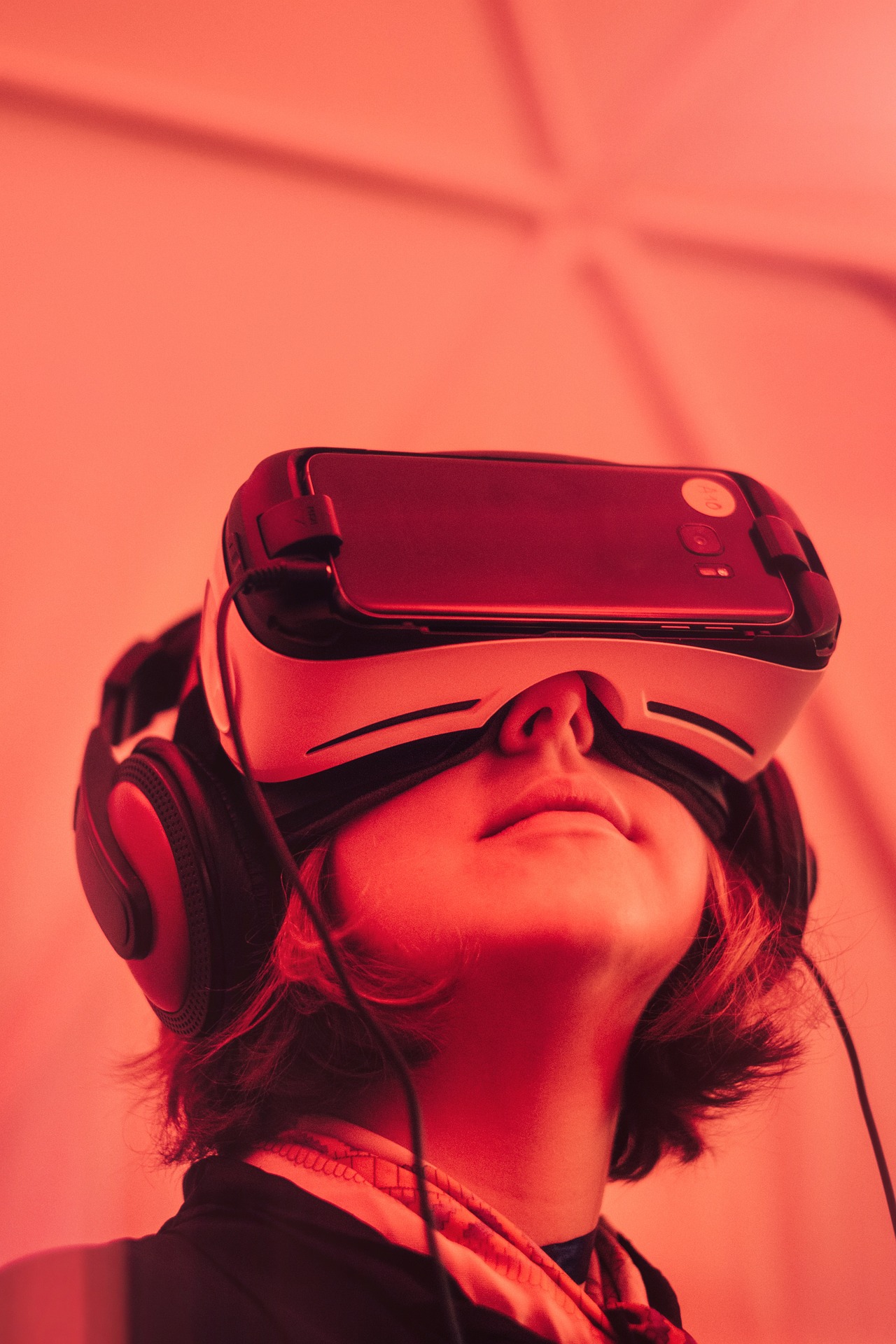- Teaching beyond the classroom
- Flexible Modalities
- Individualized learning
Learning Modalities
Contemporary Instructional Delivery is Learner-Centered
Modern learning occurs through a variety of delivery modalities; today's students seek choice and flexibility in learning. Contemporary instructional methodologies focus on meeting the needs of modern students, who are digital learners (Gallardo-Echenique, et al., 2012). Contemporary learning modalities support student-centered teaching approaches, increase opportunities for active learning during face-to-face interactions, and expand accessibility.
What matters is the ‘learning’... the digital dimension, as we have seen, can exist without ‘learning’. -Amrane-Cooper, et al., 2023
Meeting the Needs of Digital Learners

Generations born prior to the digital era were once considered 'digital immigrants' who were learning to adapt to digital technologies while today's traditional university students (ages 18-25) were considered to be digital natives (Prensky, 2001a). As digital natives students of today have never lived in a world without computers.
The distinctions between natives and immigrants are no longer emphasized as the concept of continual technological advancement has become so embedded in life on Earth, everyone is always learning to adapt to new technologies.
The focus is now on undertanding "the implications of being a learner in a digitalized world" (Gros, et al., 2012).
We are all "Learners [in the] Digital Era (Rapetti, 2012), navigating what has been referred to as the Fourth Industrial Revolution (Schwab, 2017).
Contemporary Learning Happens Everywhere
Today's Students Ask
- Will I need to be available at a specific time to complete a course?
- Will I need to travel to campus for classes?
- Will I be learning independently or with a group?
Historically, learning occurred predominantly in shared physical spaces with occassional usage of technology for the substitution of other practices, such as the replacement of chalkboards for projection screens. Technological tools have been used in classrooms for quite some time to substitute, augment, enhance, and redefine how students learn. Conversations around contemporary models of learning delivery are not synonymous with the idea of integrating technology into learning.
Contemporary modes assume the use of technology and focus more on transformations in structures related to where and when learning is available to students.
- Learning opportunities are now available to students anytime from anywhere.
While students are returning to face-to-face instruction, the flexibility and choice found through online learning options are a priority for today's students.
Learning Delivery Modes
- All learning delivery modes integrate technology for learning.
- Learning delivery modes describe information about where, when, and with whom the learning will occur.
Most Contemporary Learning Delivery Modalities are Hybrids
The key aspect of the hybrid modality is the mixing or blending of face-to-face with online modes. Meeting the needs of digital learners is likely to require the use of blended learning, which has been defined as the "organic integration of thoughtfully selected and complementary face-to-face and online approaches and techniques" (Garrison & Vaughan, 2008, p. 148).
Blended-Hybrid Learning Delivery Models
HyFlex
- Learning occurs simultaneously through face-to-face, online-synchronous, and/or online-asynchronous options.
- Students may choose their modality for each class session.
Flipped Learning
- Learning occurs independently in advance of face-to-face sessions (i.e. online-asynchronous).
- Learning occurs in face-to-face sessions focused on interactions and application of learning.
Traditional
- Learning occurs in face-to-face sessions.
- Online access to course information, materials, and assignments.
The traditional mode of delivery discussed here assumes very basic use of technology to provide access to course resources and information. This modality is consistent with the Online Learning Consortium's definition of a classroom or web-enhanced course (OLC,2015).
References
Amrane-Cooper, L., Baume, D., Brown, S., Hatzipanagos, S., Powell, P., Sherman, S.
and Tait, A. (eds.) 2023. Online and Distance Education for a Connected World. London:
UCL Press. https://doi.org/10.14324/111.9781800084797
Creighton, T. (2018). Digital natives, digital immigrants, digital learners: An international empirical integrative review of the literature. ICPEL Education Leadership Review, 19(1), 132-140).
Gallardo-Echenique, E., Marques-Molas, L., Bullen, M., & Strijbos, J. (2015). Let’s
talk
about digital learners in the digital era. The International Review of Research in
Open and Distributed Learning.
Garrison, R. and Vaughan, N. (2008). Blended learning in higher education: Framework, principles, and guidelines. Jossey-Bass.
Gros, B., Garcia, I., & Escofet, A. (2012). Beyond the Net generation debate: A comparison
of digital learners in face-to-face and virtual universities. The International Review
of Research in Open and Distributed Learning.
Ko, S. and Rossen, S. (2008). Teaching online (2nd ed.) Routledge.
Pixabay (image credit).
Quality Matters. Course format definition chart.
Schwab, K. (2017). The Fourth Industrial Revolution. London, England: Portfolio Penguin.
Senner, J. (2015). Updated e-learning definitions. Online Learning Consortium Blog. Retrieved from: https://onlinelearningconsortium.org/updated-e-learning-definitions-2/
